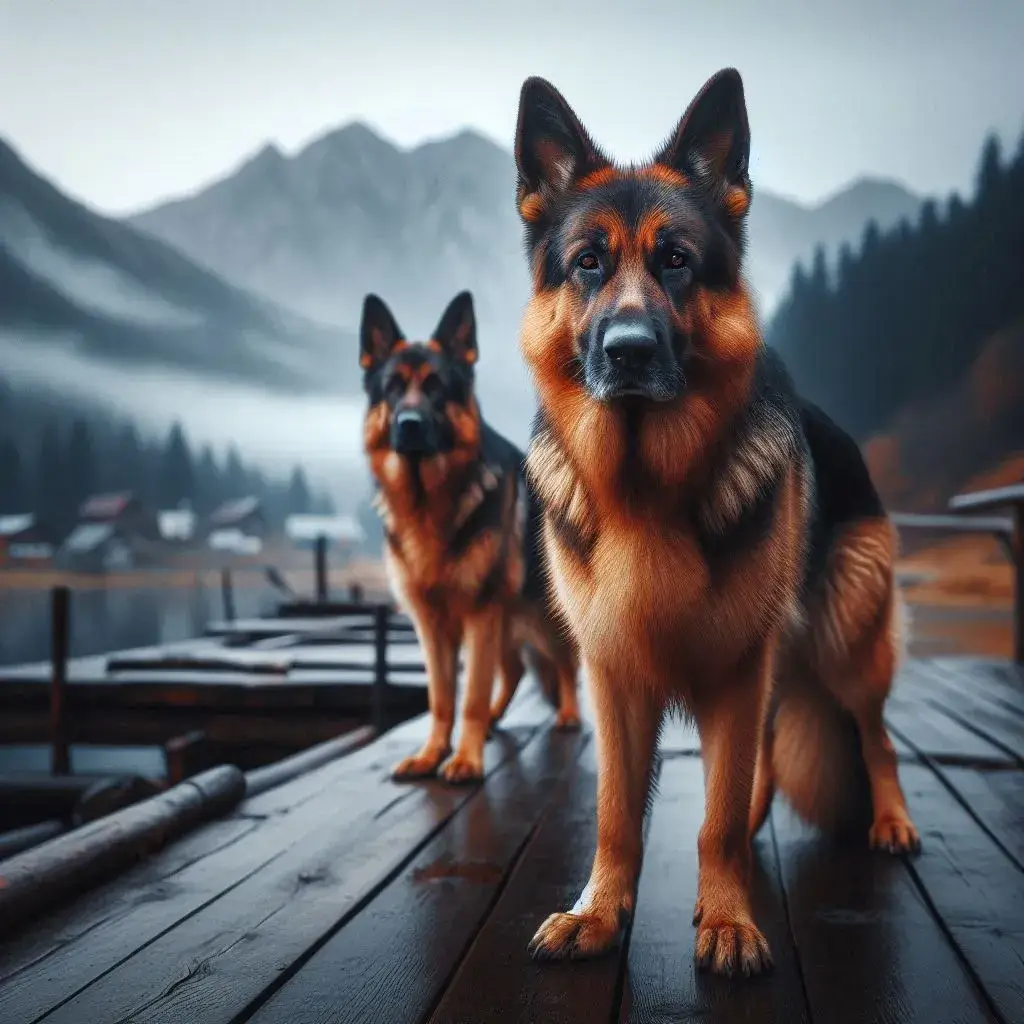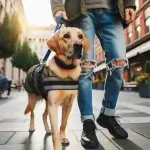Introduction to Protective Dog Breeds
Dogs have long been celebrated as loyal companions, but certain breeds stand out for their strong protective instincts. These dogs not only form deep bonds with their families but also excel in guarding and defending their loved ones. In this article, we will explore various dog breeds known for their protective nature, delving into their unique characteristics, training requirements, and suitability as guard dogs.
Understanding Protective Instincts in Dogs
Protective instincts in dogs are often deeply ingrained, rooted in their history and evolution as guardians of livestock, homes, and people. These instincts manifest in behaviors such as alert barking, physical defense, and a heightened awareness of their surroundings. Not all protective breeds are aggressive; many are naturally gentle with their families but become formidable when they sense a threat.
The Role of Genetics in Protective Behavior
Genetics plays a significant role in shaping a dog’s protective instincts. Breeds that were historically bred for guarding duties often retain these traits, even in modern settings. Understanding the genetic background of these breeds helps in predicting their behavior and training needs.
Top Dog Breeds with Strong Protective Instincts
Let’s dive into some of the most renowned protective dog breeds, each with its unique strengths and characteristics.
1. German Shepherd
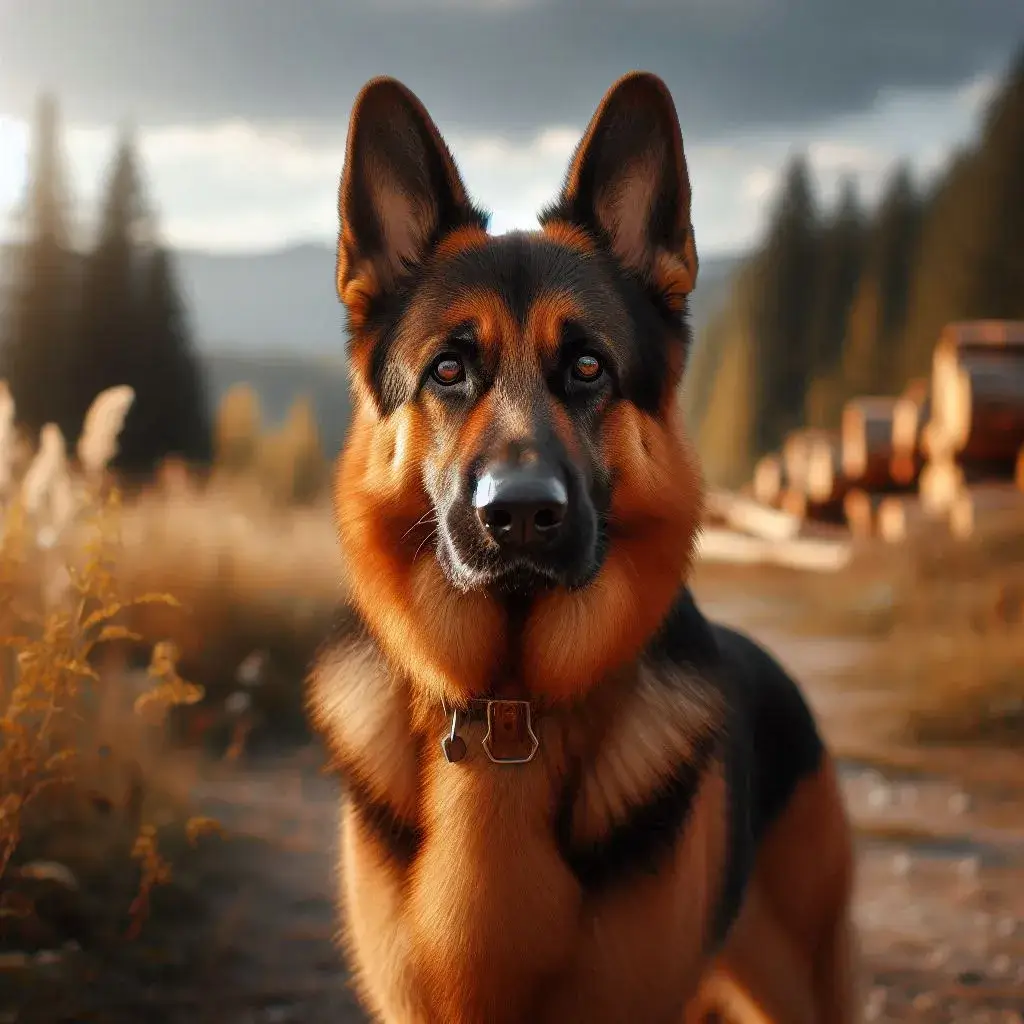
German Shepherds are synonymous with protection. Known for their intelligence, loyalty, and versatility, they are often used in police and military work. These dogs are highly trainable, making them excellent at both guarding and family companionship.
Characteristics
- Size: Large
- Temperament: Loyal, courageous, and intelligent
- Training Needs: Requires consistent training and socialization
Suitability as a Guard Dog
German Shepherds are naturally protective of their families and can be trained to be vigilant guard dogs. They are also known for their calm demeanor in family settings, making them excellent dual-purpose pets.
2. Rottweiler
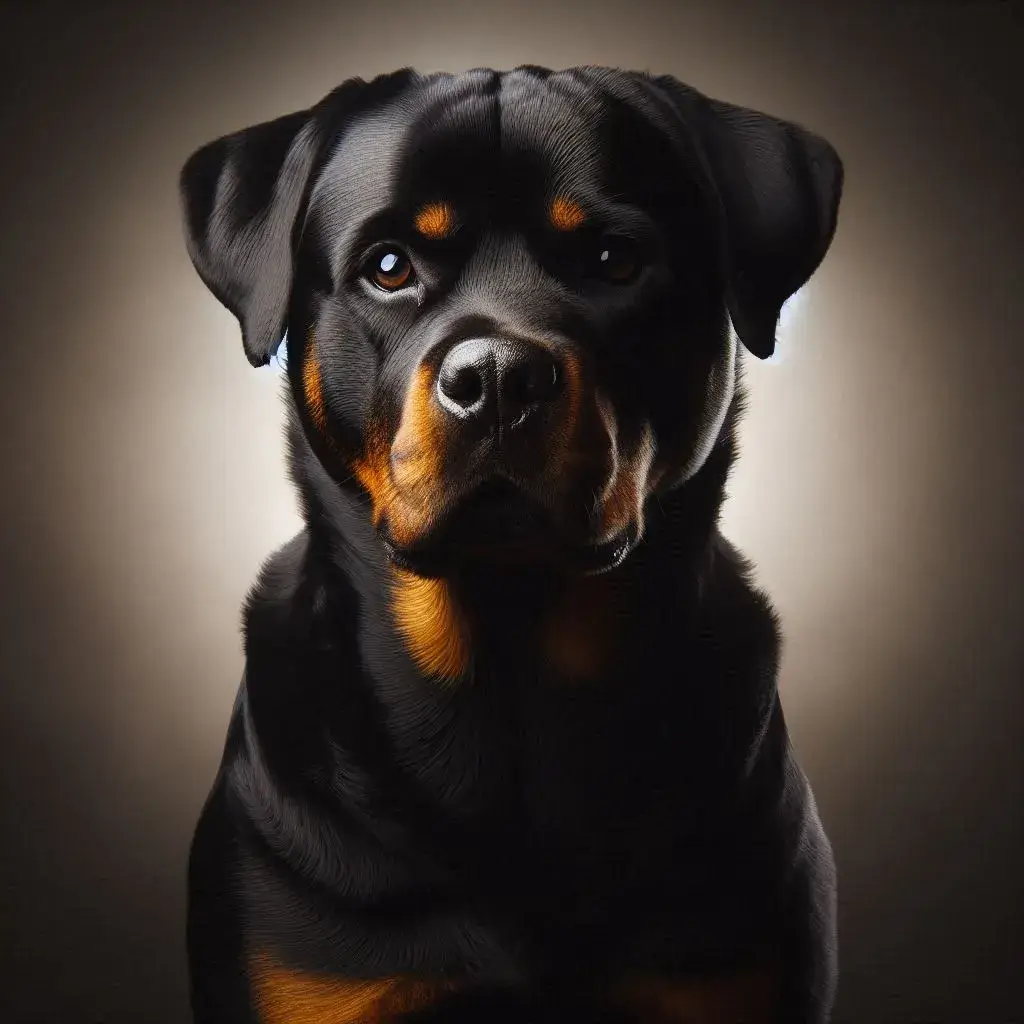
Rottweilers are powerful dogs with a strong guarding instinct. Originally bred to herd cattle and pull carts, they are now known for their protective nature and strength.
Characteristics
- Size: Large
- Temperament: Confident, fearless, and obedient
- Training Needs: Needs early socialization and firm training
Suitability as a Guard Dog
Rottweilers are natural guardians, with a calm yet assertive demeanor. They are highly protective of their families and require an experienced owner to manage their strong-willed nature.
3. Doberman Pinscher
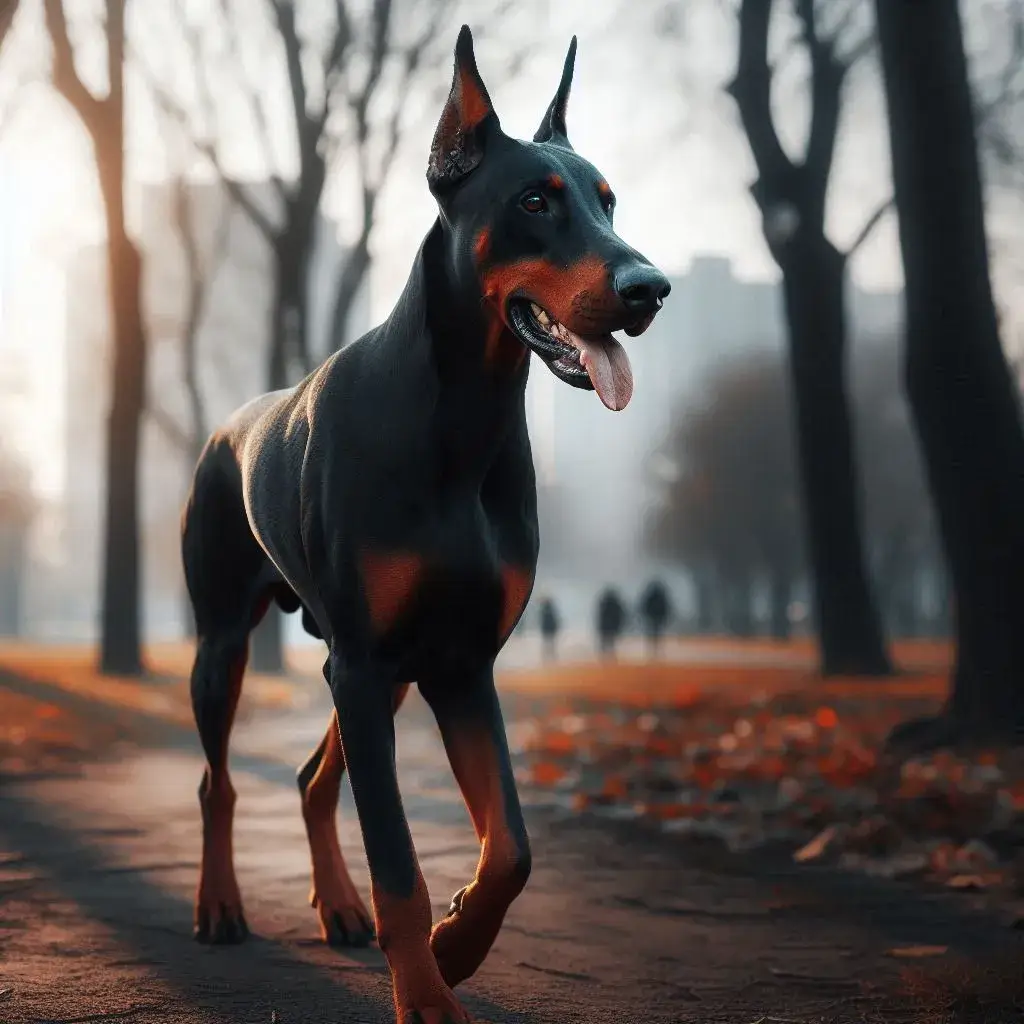
The Doberman Pinscher is another breed with a strong protective instinct. Bred initially for personal protection, they are fast, alert, and loyal, making them ideal guard dogs.
Characteristics
- Size: Medium to large
- Temperament: Energetic, loyal, and intelligent
- Training Needs: Requires early and consistent training
Suitability as a Guard Dog
Dobermans are highly effective guard dogs due to their agility and alertness. They are also known for their loyalty to their families and their ability to respond quickly to potential threats.
4. Bullmastiff
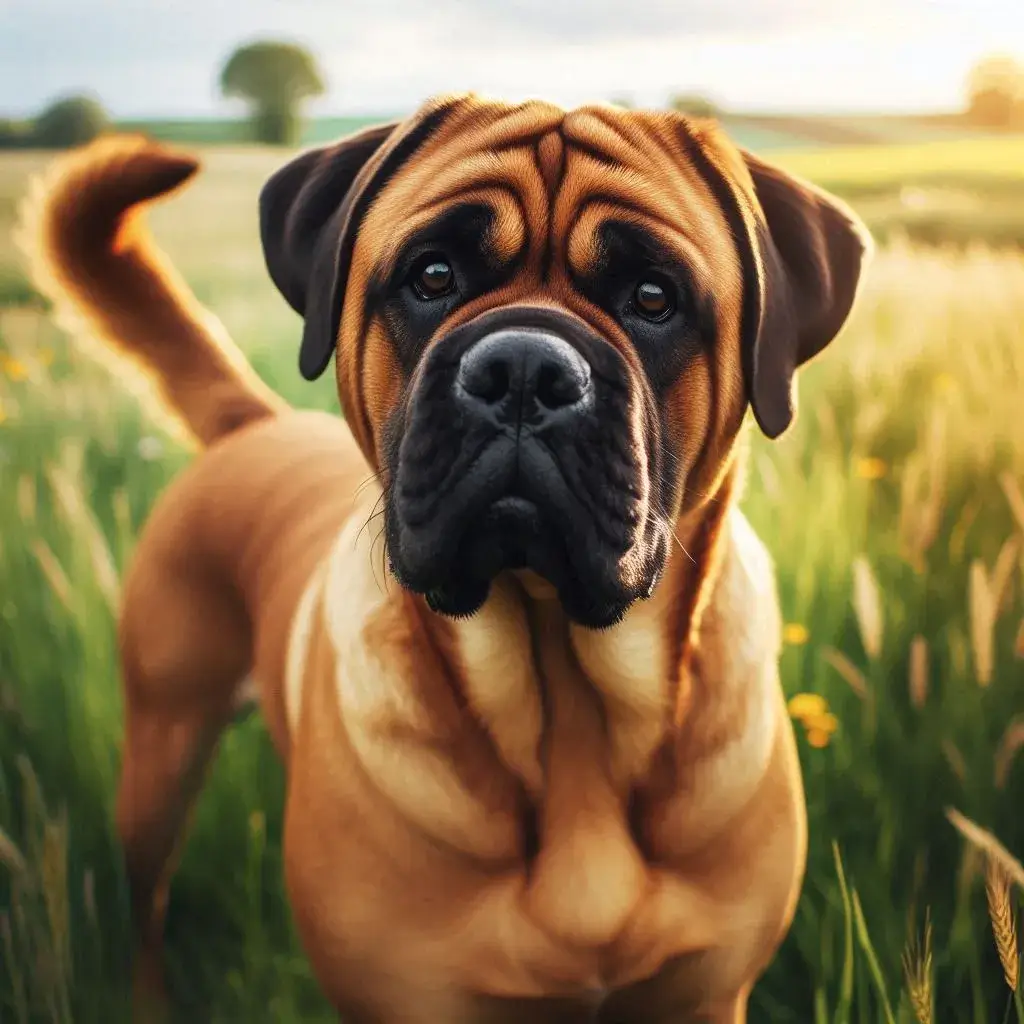
Bullmastiffs are large, powerful dogs known for their protective nature. Originally bred to guard estates, they are natural protectors with a gentle side when it comes to their families.
Characteristics
- Size: Large
- Temperament: Loyal, courageous, and calm
- Training Needs: Needs firm but gentle training
Suitability as a Guard Dog
Bullmastiffs are excellent at guarding due to their imposing size and strength. Despite their protective nature, they are affectionate with family members, making them great companions as well as guardians.
5. Belgian Malinois
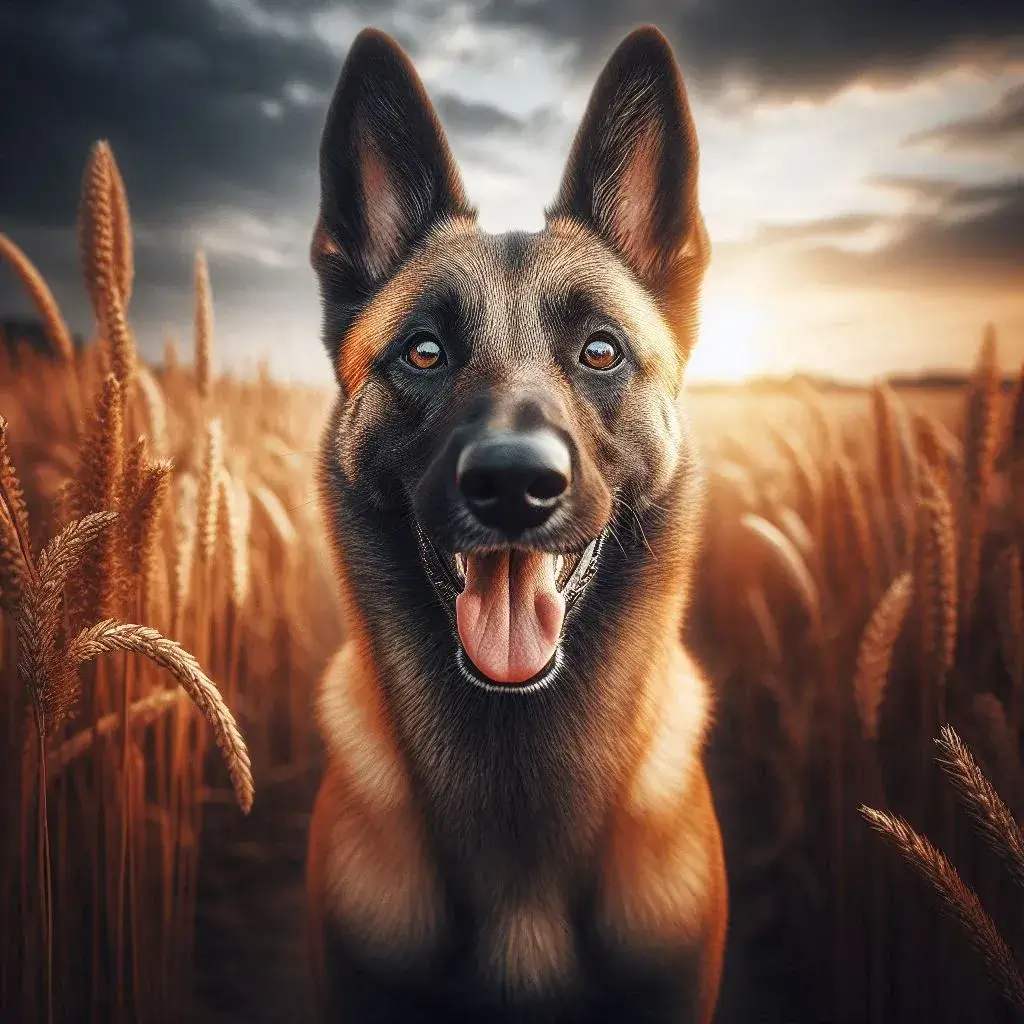
The Belgian Malinois is a highly intelligent and versatile breed, often used in military and police work. Known for their agility and work ethic, they possess strong protective instincts.
Characteristics
- Size: Medium
- Temperament: Energetic, intelligent, and protective
- Training Needs: Requires extensive training and exercise
Suitability as a Guard Dog
Belgian Malinois are exceptional protectors, often used in high-security roles. Their intense energy and need for mental stimulation make them suitable for active owners who can meet their training and exercise needs.
6. Akita
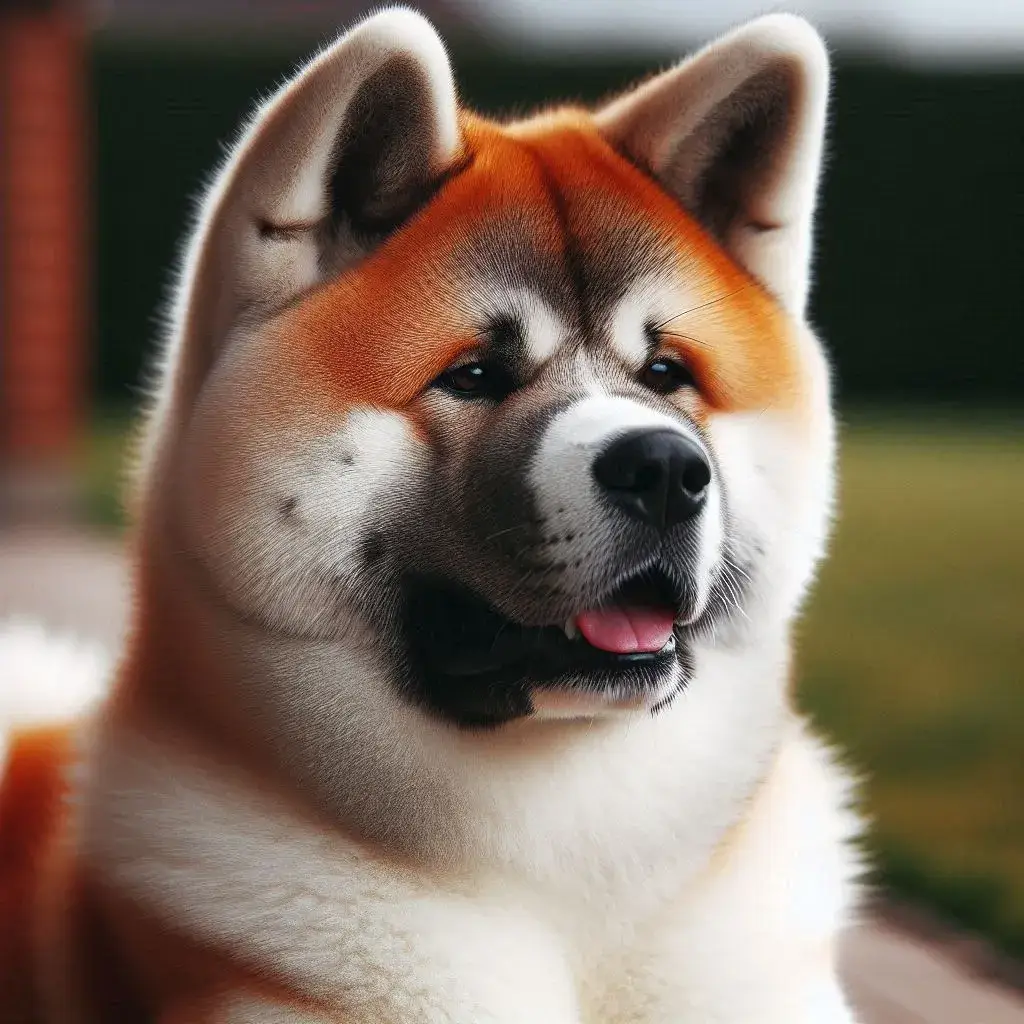
The Akita is a powerful and independent breed with a strong sense of loyalty. Originating from Japan, they were bred for hunting and guarding, making them naturally protective.
Characteristics
- Size: Large
- Temperament: Loyal, reserved, and courageous
- Training Needs: Needs consistent and firm training
Suitability as a Guard Dog
Akitas are known for their unwavering loyalty and protective instincts. They are reserved with strangers but affectionate with their families, making them excellent guard dogs.
7. Great Dane
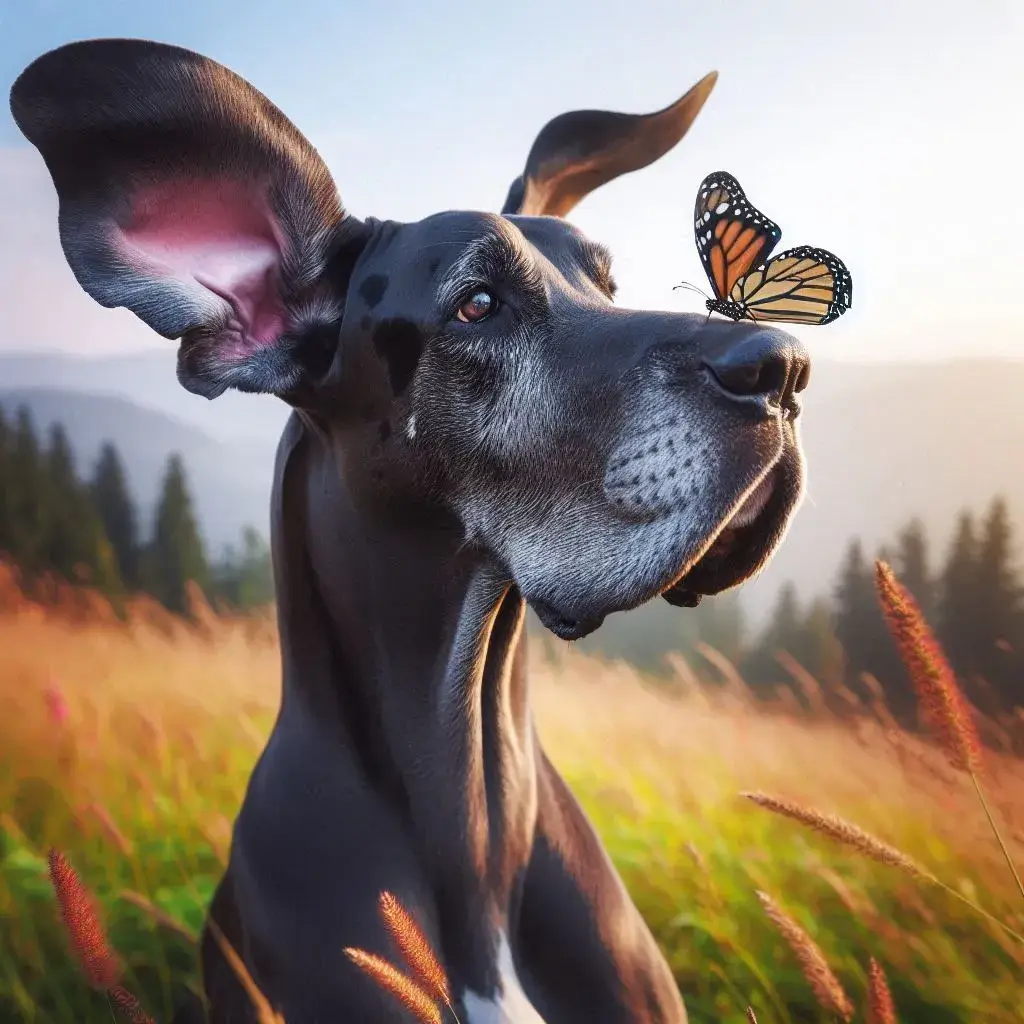
While known for their giant size and gentle demeanor, Great Danes also have a protective side. Their imposing presence alone can deter potential threats.
Characteristics
- Size: Giant
- Temperament: Friendly, loyal, and calm
- Training Needs: Requires early socialization and training
Suitability as a Guard Dog
Great Danes may not be aggressive, but their size and loyalty make them effective guardians. They are particularly good at watching over their families without being overly aggressive.
Training Protective Dog Breeds
Training is crucial for any dog, but it is especially important for protective breeds. Without proper training, these dogs may become overly aggressive or difficult to manage. The key is to balance their protective instincts with obedience and socialization.
Importance of Early Socialization
Socialization from a young age helps these dogs learn how to behave around different people and situations. It reduces the likelihood of them becoming overly aggressive and helps them distinguish between real threats and normal interactions.
Consistent Obedience Training
Consistent training helps establish the owner as the leader, which is crucial for managing a protective breed. These dogs need to know when to act on their protective instincts and when to remain calm.
Challenges of Owning a Protective Breed
While protective breeds offer many benefits, they also come with challenges. Their strong-willed nature and need for proper training can be demanding for first-time dog owners.
Managing Aggression
One of the main challenges is managing potential aggression. Without proper guidance, protective breeds can become overly suspicious of strangers, leading to unwanted aggressive behavior.
High Exercise and Mental Stimulation Needs
Many protective breeds are also high-energy dogs that require regular exercise and mental stimulation. Failing to meet these needs can lead to destructive behavior and heightened anxiety.
Why Choose a Protective Dog Breed?
Choosing a protective breed comes with responsibilities, but for many, the benefits outweigh the challenges. These dogs offer unparalleled loyalty and security, making them ideal for families looking for both companionship and protection.
Ideal Environments for Protective Breeds
Protective breeds thrive in environments where they have a job to do, whether it’s guarding a home, property, or family. They are best suited for owners who have the time and experience to train and manage them effectively.
FAQs About Protective Dog Breeds
1. Are protective dog breeds good with children?
Protective breeds can be excellent with children, especially when properly trained and socialized. However, supervision is always recommended, as their protective instincts can sometimes lead to over-guarding.
2. Can protective dog breeds live in apartments?
Some protective breeds can adapt to apartment living, but they generally require ample exercise and mental stimulation. Breeds like the German Shepherd and Belgian Malinois may struggle in smaller spaces due to their high energy levels.
3. Do protective dog breeds get along with other pets?
With proper socialization, many protective breeds can coexist with other pets. However, some breeds may have a strong prey drive, making them less suitable for homes with smaller animals.
4. How do I train a protective dog breed?
Training should start early and focus on socialization, obedience, and establishing boundaries. Professional training classes can also be beneficial, especially for first-time owners.
5. What is the best protective dog breed for a family?
The best breed depends on the family’s lifestyle, experience, and living situation. German Shepherds, Bullmastiffs, and Rottweilers are often recommended for families due to their balance of protection and affection.
6. How do I manage a protective dog’s aggression?
Managing aggression involves consistent training, socialization, and sometimes the help of a professional trainer. It’s important to address aggressive behaviors early before they become ingrained.
Conclusion: The Loyalty and Protection of Canine Guardians
Dog breeds with strong protective instincts offer a unique combination of companionship and security. Whether you need a guard dog or simply appreciate the loyalty of a protective breed, these dogs can provide a sense of safety and comfort. However, owning a protective breed requires commitment, training, and understanding of their unique needs. With the right approach, these dogs can become not just protectors, but beloved members of the family.
